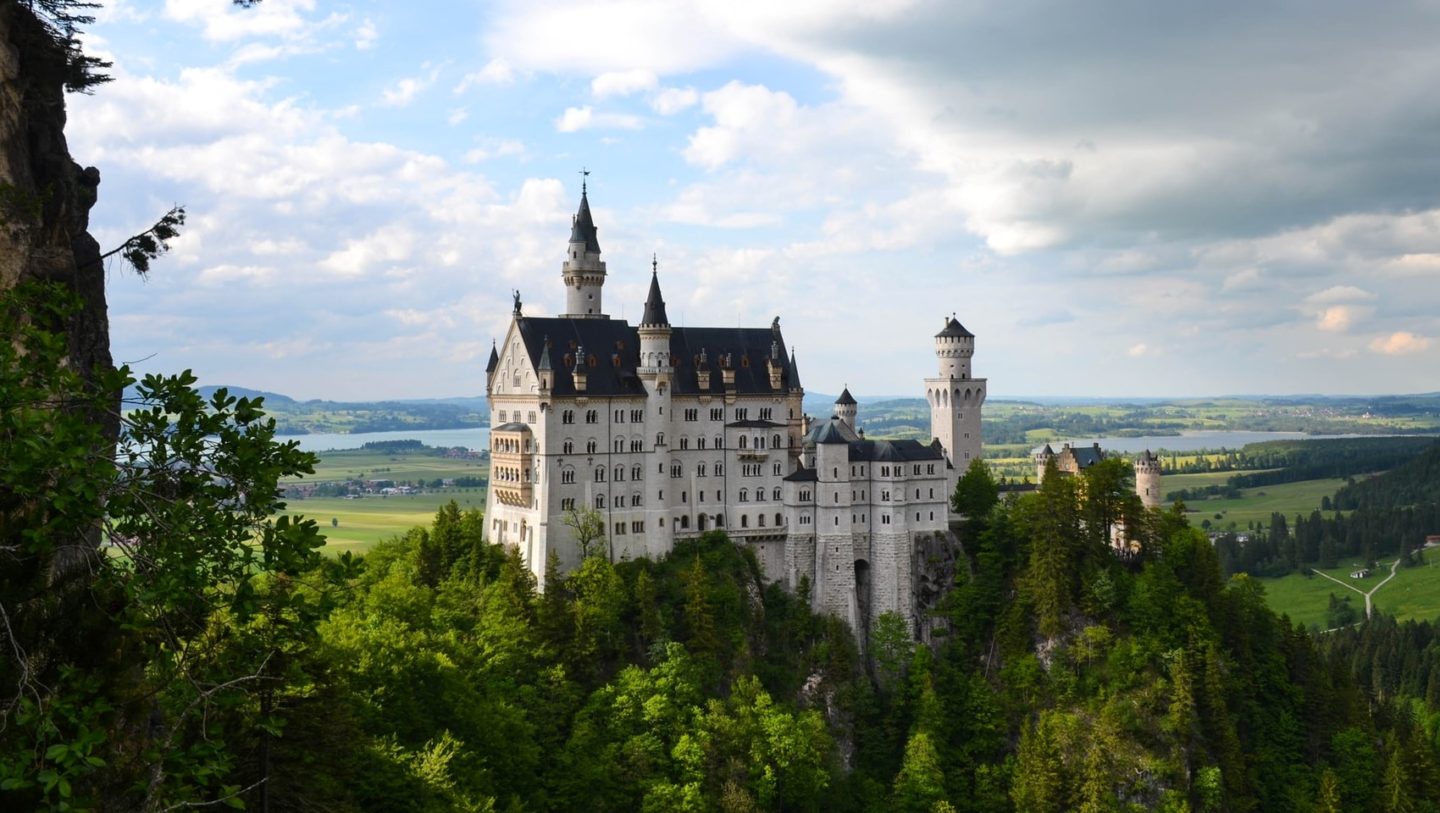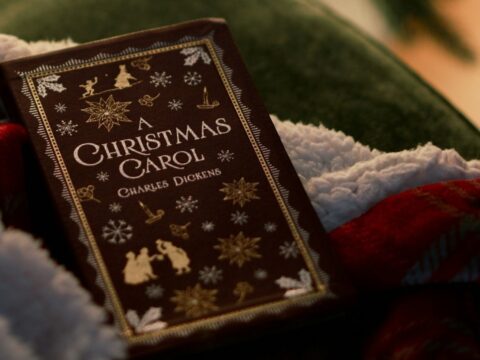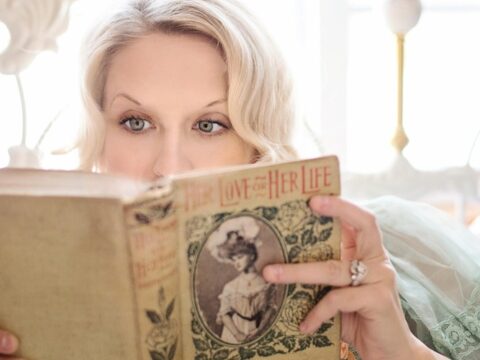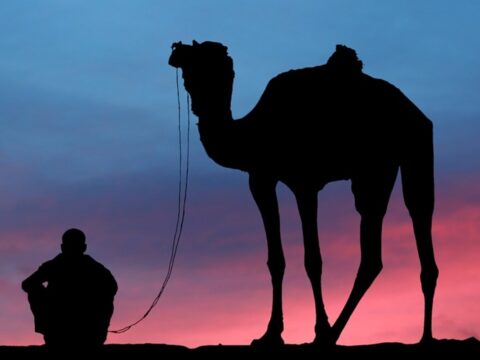Last week, I wrote about my most hated tropes ever. As fun as it is to roast things and share all my strong opinions, I feel that it’s only fair to visit the opposite side of this coin: my favorite fairy tale tropes of all time and why I adore them.
Complaining about tropes is a very easy thing to do because they are by definition common and annoying. Tropes just stick out, usually in a bad way. But as I’ve said before, I really believe that any trope can be done well. And like all people, I have my personal short list of tropey things that make me smile when I see them. There are some great comprehensive lists out there of all the fairy tale tropes, and here are ten that I particularly enjoy . . .
Trope #1: Balls, Dances, and Masquerades
Of all the fairy tale tropes on this list, this one might be my favorite. I admit it: I’m a sucker for a good ballroom scene. And many, many fairy tales feature a grand party filled with dancing guests, ball gowns, and glamor. Cinderella and Twelve Dancing Princesses are the fairy tales that spring to mind, but even stories like Sleeping Beauty and Snow White also feature big parties to commemorate important events (the birth of a long-awaited baby or a royal wedding respectively). Dances are a naturally romantic and exciting setting for any story, which is probably why the trope of people falling in love when they dance together is WILDLY common too.
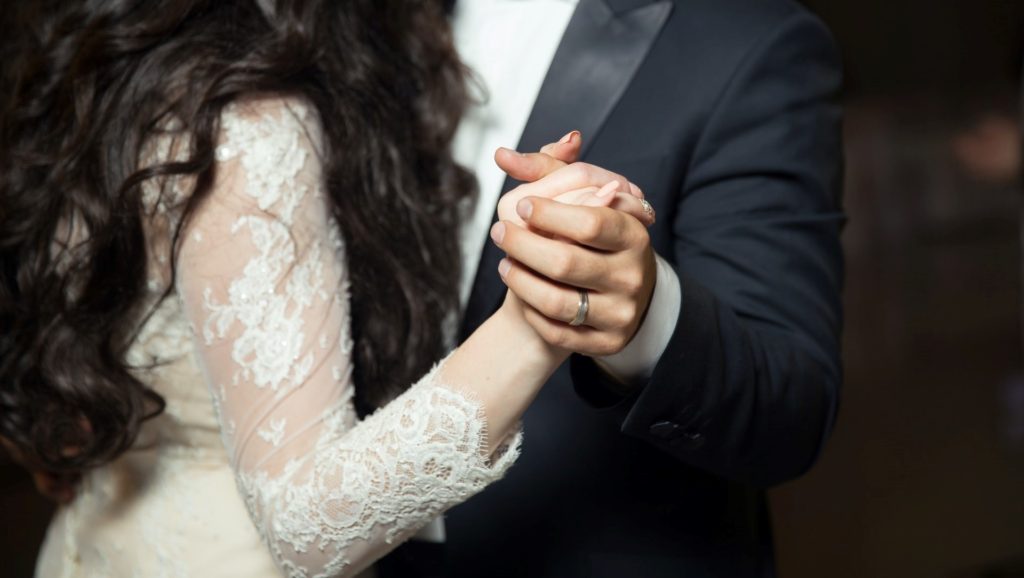
Trope #2: Magical Objects that Help Heroes on Their Way
Oooo I love me a good magical totem. This broad category covers many of my favorite magical items in fairy tale lore: Aladdin’s magic carpet. Cinderella’s glass slippers. The wicked queen’s magic mirror in Snow White, even if the queen is an antagonist. Fairy godmothers use magic wands to grant wishes, great warriors use enchanted swords and arrows to slay monsters, and heroines use magical shoes to wish themselves back home. I’d even argue that the growing and shrinking potions and cakes in Lewis Carroll’s Alice in Wonderland fit comfortably into this category. Magical items are the epitome of creativity, and their only limit seems to be the imagination of the person telling the story. I love that.
Trope #3: Mistaken Identities and Ridiculously Easy Disguises
This trope never ceases to delight me. Have you noticed that in fairy tales it’s very easy to pretend to be someone else? A young woman who washes off her cinders and puts on a dress is somehow unrecognizable to her family. In reverse, putting on rags and smudges again makes her unrecognizable to the prince she just danced with. This suspension of disbelief is a lot to ask, but to me that just adds to the charm and humor of it. Everywhere you go, fairy tale heroes are slapping on masks, mud, and simple disguises to blend in, disappear, and befuddle their enemies. It’s just fun. And brides getting switched for the wrong bride is another wildly popular trope that happens all the time. What can I say? Fairy tales love mistaken identities, and so do I.
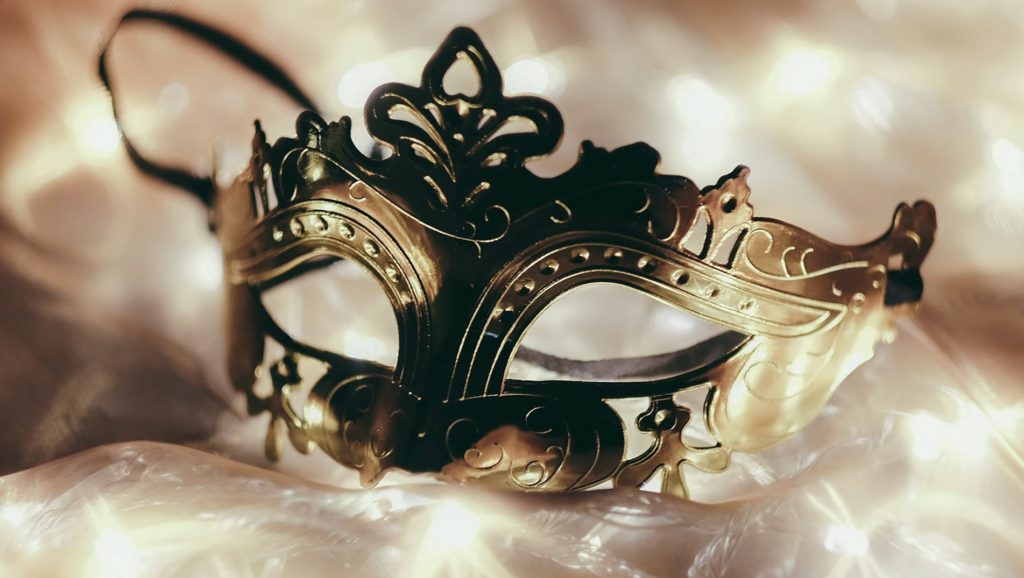
Trope #4: The Underdog Always Wins
Fairy tales love to tell a good rags to riches success story. Of all the fairy tale tropes, I think this is the most common theme: the escapism of an underdog triumphing. Poor people can gain riches, peasants can become royals, the youngest child of many siblings can win favor and become the heir. Everywhere you look, somebody who’s struggled their whole life ends up happily ever after. This was a very comforting idea to the poor peasants who told fairy tales out loud, and the concept of underdogs coming out on top is very alive and well in modern storytelling. It’s quite a hopeful message, and I too appreciate that.
Trope #5: Midnight is Magical
I love this trope. Always have. Midnight is an extra special hour, you see, so it’s the natural time when magic happens—or when spells break. We all know about Cinderella’s deadline to leave the ball, but that’s just the most famous example of midnight’s magical consequences. In legends and fairy tales, midnight is widely considered to be “the witching hour.” This was true even before clocks existed. Midnight in those early stories was just the very middle part of the night that seemed the darkest. Unsurprisingly, midnight is often the hour that ghosts awaken, the deadline for heroes who must survive a trial to gain their freedom, or the moment when the most important guest arrives at the ball rather than leaving it, which happens in the English Tattercoats. We get it. Midnight is kind of a big deal.
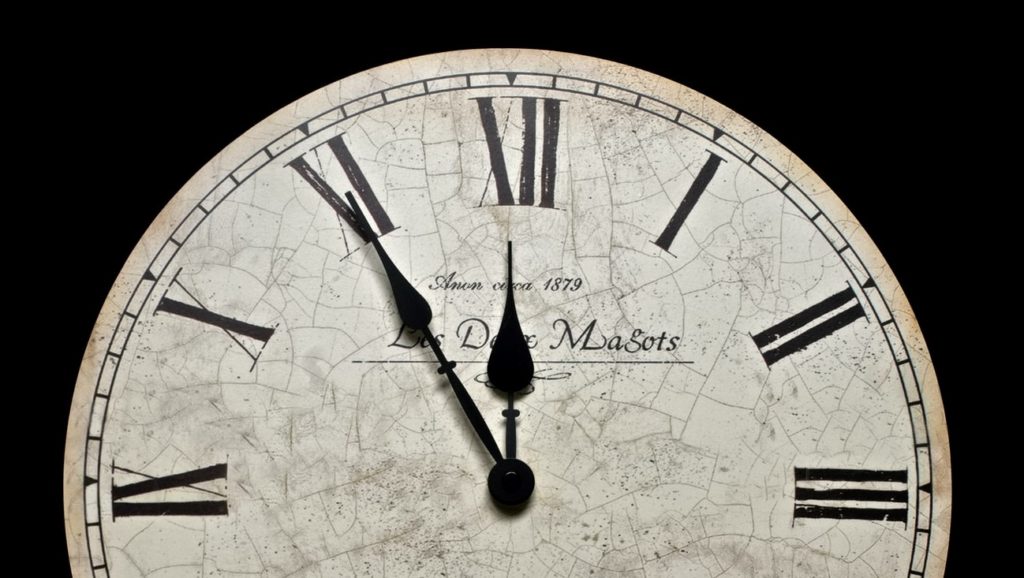
Trope #6: Magical Animal Transformations
My six-year-old self loved this concept, and it still makes my list of top fairy tale tropes. Talking animals have always been a staple of fairy tales. And human beings changing into animals—whether intentionally or as part of a curse—has found its way into SO MANY stories. Princes change into frogs all the time. Beautiful women change into birds very frequently, let me tell you. My favorite fairy tale of all time, Swan Lake, features all the mystical bird transformations you could possibly desire. And I love how animal transformations always seem to carry greater symbolism or significance with the choice of animal. I just like animals in general, and this is a fun trope that brings animals and magic together.
Trope #7: Your True Name Holds Power
For all you Rumpelstiltskin fans out there, names always seem to have unusual power in fairy tales. I wrote an entire blog post about the power of names in fairy tales because it’s super fascinating. Rumpelstiltskin isn’t the only tale in which a villain is defeated by invoking his true name. There are also stories where remembering your name is the secret to escaping from a magical prison or a protective charm to prevent a newborn from being switched with a changeling. All in all, names hold a lot of weight in fairy tales, and I think that a name symbolizing your identity is just a really cool concept.
Trope #8: The Enchanted Forest
One of the tropiest of tropes. Especially in the European fairy tale tradition, the woods are where magic happens. Shakespeare’s Midsummer Night’s Dream is a prime example of young lovers fleeing into the woods to escape reality and run around with the fair folk. Hermit witches always live in the woods. Fairies and magical beasts reside there as well. On one hand, enchanted forests seem to attract heroes with their magic. On the flipside is the don’t go into the woods trope because the wilderness is frightening and thick wooded areas are naturally dark. How could the forest NOT be filled with vengeful spirits, ghosts, and danger? It makes sense that the woods have become the most mysterious and magical setting for any fairy tale.
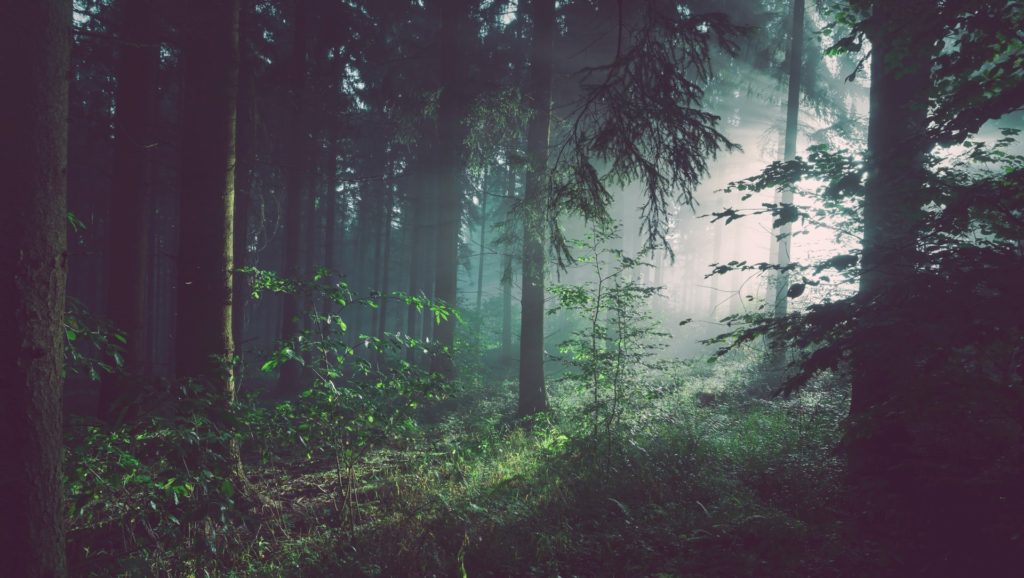
Trope #9: Curses and Enchantments Waiting to Be Broken
What better conflict is there than a good old-fashioned spell to break? Beauty and the Beast and Sleeping Beauty are prime examples. In one the prince gets turned into a beast as a punishment for selfishness; in the other Beauty is cursed for the mistake of her parents. Both of these are common themes when you’re dealing with curses and enchantments, and sometimes cruel monsters or vengeful fairies curse people just because they can. Thankfully, most curses come with a curse escape clause, another popular trope. I mean, if spells could never be broken then where’s the story arc of pursuing the cure? And the vast majority of the time, the unfortunate subject of the curse becomes a better person by serving their time. That’s the whole Karmic point of curses in literature, right?
Trope #10: Kindness Wins the Day
Of all the fairy tale tropes, this one is why fairy tales—despite their weirdness—are still a good thing to read to children. There are so many tales about kind people gaining a reward for being nice. Mind you, the character isn’t being nice for a reward. That’s the whole point. My favorite example of this is Diamonds and Toads in which the kind daughter is blessed with gems and roses falling from her lips while the rude daughter gets snakes and toads, all because one of them gave a drink to a beggar and one didn’t. The whole concept of being kind to everyone no matter what their station or what they look like is a really valiant concept. It’s also just good life advice. If an old person asks you for a drink, maybe take some fairy tale advice and always help out. ❧

